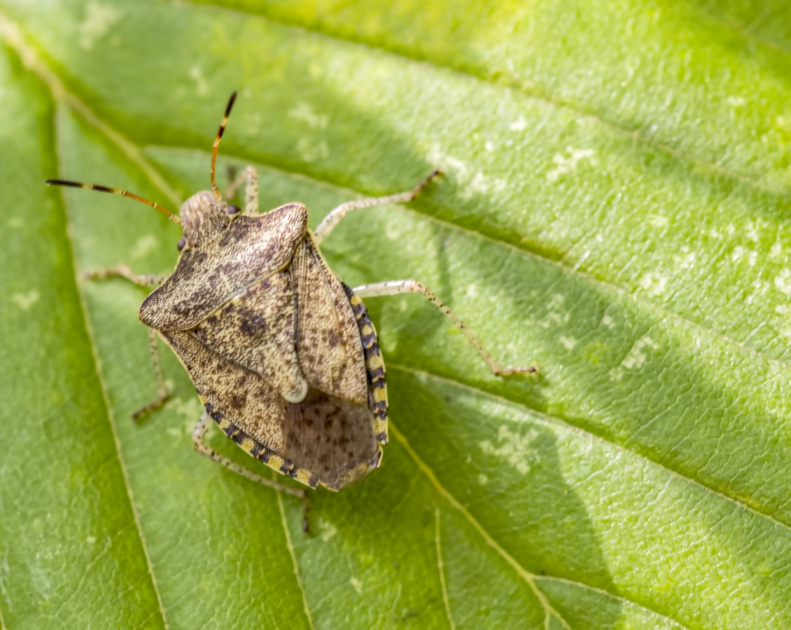Australia is upping the ante against one of our most significant pests, the stink bug, after a spike in detections on cargo from the USA and Italy.
Minister for Agriculture and Water Resources, David Littleproud, said the Coalition Government had increased inspections and treatment at the border to protect Australian horticulture growers from the pesky intruder.
“The Coalition knows biosecurity is critical to Australia’s ongoing prosperity and to protect agricultural industries, the powerhouse of the Australian economy,” Littleproud said.
“The stink bugs are a huge threat to Australian agriculture because they eat everything, including vegetable crops and fruit and ornamental trees, they’re not picky.
“The pest has been known to smuggle itself into the country on anything from cars and trucks to deck chairs or cases of balsamic vinegar”
The marmorated stink bug are known to cause physical damage to wine grapes which often results in bunch rots or yield loss.
They can also cause wine taint if they end up in ferments.
The most effective way to detect brown marmorated stink bugs in particular is by visually inspecting host plants.
They are large bugs that give off a strong and bad odour when disturbed.
“The pest has been known to smuggle itself into the country on anything from cars and trucks to deck chairs or cases of balsamic vinegar,” Littleproud said.
Between September and April each year, the risk of stink bug sightings increases.
“During that period cargo coming from high-risk countries, including Italy and the USA, must be treated either offshore or on arrival and undergo inspection,” Littleproud said.
“Goods shipped from Italy between January and April that have not undergone pre-shipment treatment must be treated on arrival in Australia.”
An adult brown marmorated stink bug is the size of a five cent piece, gives off an unpleasant smell and is a mottled brown colour with light and dark patches.
An additional $300 million over four years has been invested to strengthen the biosecurity through the Agricultural Competitiveness White Paper, including boosting Australia’s capacity to manage pests, diseases and weeds.
The total expenditure for biosecurity this financial year is $744.3 million—an increase of $140.9 million or 23.4 per cent since 2012-13.
For information on how to identify brown marmorated stink bugs, visit agriculture.gov.au/pests-diseases-weeds/plant/brown-marmorated-stink-bug.




















